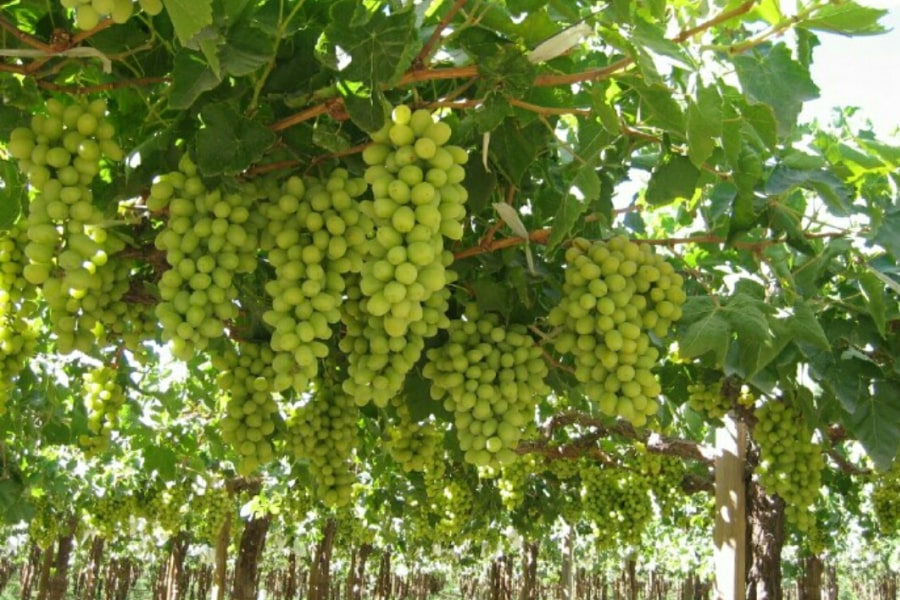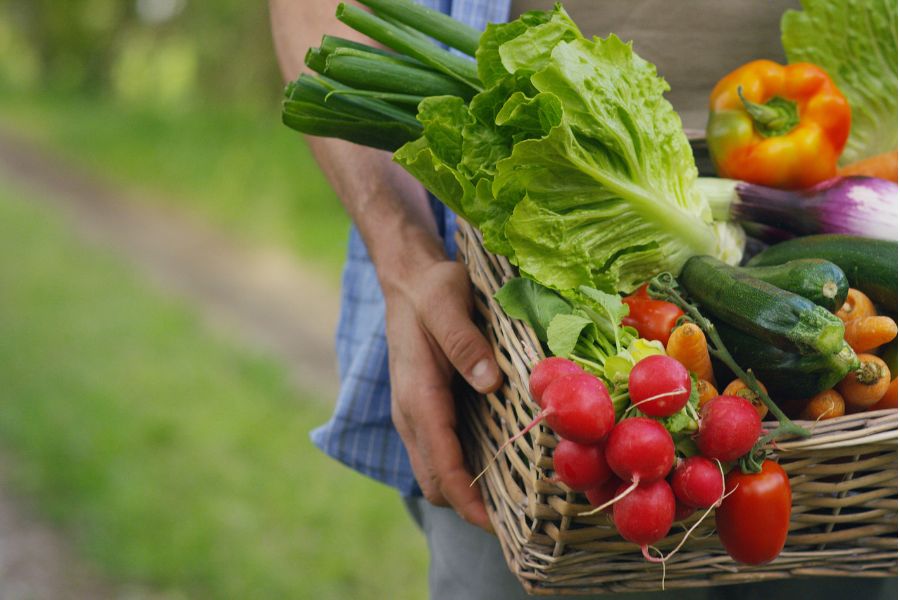Indian grape export industry: Creating opportunity from crisis
Marred by shocks in the export market due to MRL (maximum residue limits) issues, the Indian grape industry worked in collaboration with stakeholders to build a robust system that guides farmers on efficient crop management practices, provides market specific inputs, tests products for desired chemicals and ensures traceability to the farm level.

In the grape industry, we have had serious issues with MRLs or maximum residue limits, which led to major changes and adaption of systems by stakeholders to make it the best in the world today. This system is now used as a base and platform for other crops in India too.
In the beginning, i.e. the early 1990s to until 2002, nobody was testing any export consignments in India. When the issue first cropped up in 2002, we raised the issue to the government, as the industry faced huge losses. We highlighted the need for some regulation/policies/intervention, else the industry would collapse. This led to a series of focused interactions with all stakeholders, led by APEDA, NRCG (National Research Center for Grape), trade & grower regulatory bodies, agronomists, and other stake holders.
Indian labs did not have testing equipment in 2002. APEDA got these machines subsidised and installed in 6-7 appointed laboratories. People were sent to laboratories in Europe to learn how to test via LCMS and GCMS methods on the new machines. The labs & the NRC stay constantly in touch with the European MRL division, as they keep making changes. They ban a chemical, or change the regulation, but they also give us a year to adapt our crop management practices in accordance with the new regulation.
Subsequently, we started to develop an understanding on best practices of crop management in grapes – what chemicals are involved, what to avoid and how much to use to fulfil EU MRL levels. For example, the allowed level for a particular chemical is 0.04 ppm, so how many days before the harvest should the grower use that chemical to stay below that level at the time of harvest/lab testing/conversion.
For this we used the parameter of pre-harvest interval (PHI) – essentially the gap between using a chemical and the harvest period during which the chemical will dissipate and leave behind allowable limits for human consumption. This entire system had to be developed which linked the registration of growers at stage 1 and the issuance of the phyto in the last stage. All stages are linked to the previous stage, which makes it hard to circumvent the system.
The authorities decided that there are only 90-95 chemicals applicable in crop management of grapes, even as EU norms covered 400. They felt that expanding the testing range beyond this would unnecessarily add to the costs. This turned out to be an error.
Lab results in the EU started turning out results of chemicals, which are not used in grape production normally in India and not even in our country’s allowed pesticide list. It was obvious that growers were using chemicals or manufacturers were mixing chemicals, and some chemicals were being brought in through unethical means. This then prompted the testing of an increased number of chemicals to around 120.
Then in 2010 we had another major problem with a certain chemicals. In the production areas, there was a lot of rain in November and December 2009. The research center asked growers to use a certain chemical called CCC or Chlormequat to save the crops. This is normally used in June as opposed to December and as a growth retardant.
Being a chemical used in June for a crop harvest 6-7 months later, it was not on the list of chemicals to be tested. However, they did not instruct the labs for testing this chemical, as this was now being used closer to harvest. All reports came clean and the system allowed exports. When the consignments reached Europe, these started getting rejected, leading to a major crisis and huge losses. The export industry was not at fault, but everyone suffered. That year saw many commercial disasters and companies closing down.
Subsequently, it was decided that all 400+ chemicals will be tested, so that nothing is left to chance.
There are many opinions about the MRLs, which may or may not seem logical. There are different limits on different crops. For instance, they have different MRLs for grapes, bananas, pomegranates – for the same chemical. The grape is eaten directly, the pomegranate seeds are inside but the skin is tested and similarly with the banana where you eat the fruit inside. Many chemicals on which sufficient research is not available are set below detection limits.
However, it’s the EU law and we have to abide if we need to serve our customers there. To further complicate matters, in the attempt of attracting customers, supermarkets in competition with each other, have set their own limits, e.g. they want 33% or 70% of the EU MRL limits and only 5 maximum chemicals can be detected. This makes it further tougher to export.
Our key learnings here are that with different crops, there are many factors at play when it comes to meeting MRL standards. It’s not like one glove fits all. What are the spraying schedules or crop management standards? Which pest attacks the crop and when? When does it rain? Is it an annual crop, or a biannual crop? Then again, is it a kharif crop or rabi crop. A study of crop management systems is critical here.
MRLs is also dependent on the country you are exporting to. This requires collaborative involvement of exporters, growers, government, trade promotion agencies and agronomists. Agronomists can actually tell you that you need to spray this chemical at this stage, and if you follow ‘x’ schedule, you will be able to send the crop to ‘y’ market. This is important, because at times, the farmer is more concerned about saving his/her crop; rather than whether or not it will be eligible for exports.
There has to be a discipline maintained in every batch from a farmer. Strict rules must be followed on registration, sampling and testing. We have improved this entire system over the years and it’s all online. Any farmer who is producing for exports has to be registered and be a part of the programme.
The local Agri Officer has to get involved with the programme and check all farms. All farms must be Global GAP certified. When the officer files his report certifying that the farmer has adhered to the required practices, the sample will be sent to the laboratory.
To ensure that the sample is from the field in question, laboratories have been given the responsibility of taking the sample themselves. All information of the farmer is online be it name, background details, village, exact geographical location, plot number, etc for the laboratory person to check online Similarly, the report from the laboratory is also posted online, and you are issued the phyto without which you cannot export. The packhouses are audited by APEDA as well.
This way, the possibility of misuse or cheating the system is to a minimum. In the interest of their own business, people follow the system, and this ensures predictability for all players across the value chain.

Azhar Tambuwala is the Director of Marketing at Sahyadri Farms, Maharashtra. Encompassing a pool of as many as more than 8,000 marginal farmers of the country, this is a cooperative of the farmers, by the farmers and for the farmers.













Leave a comment